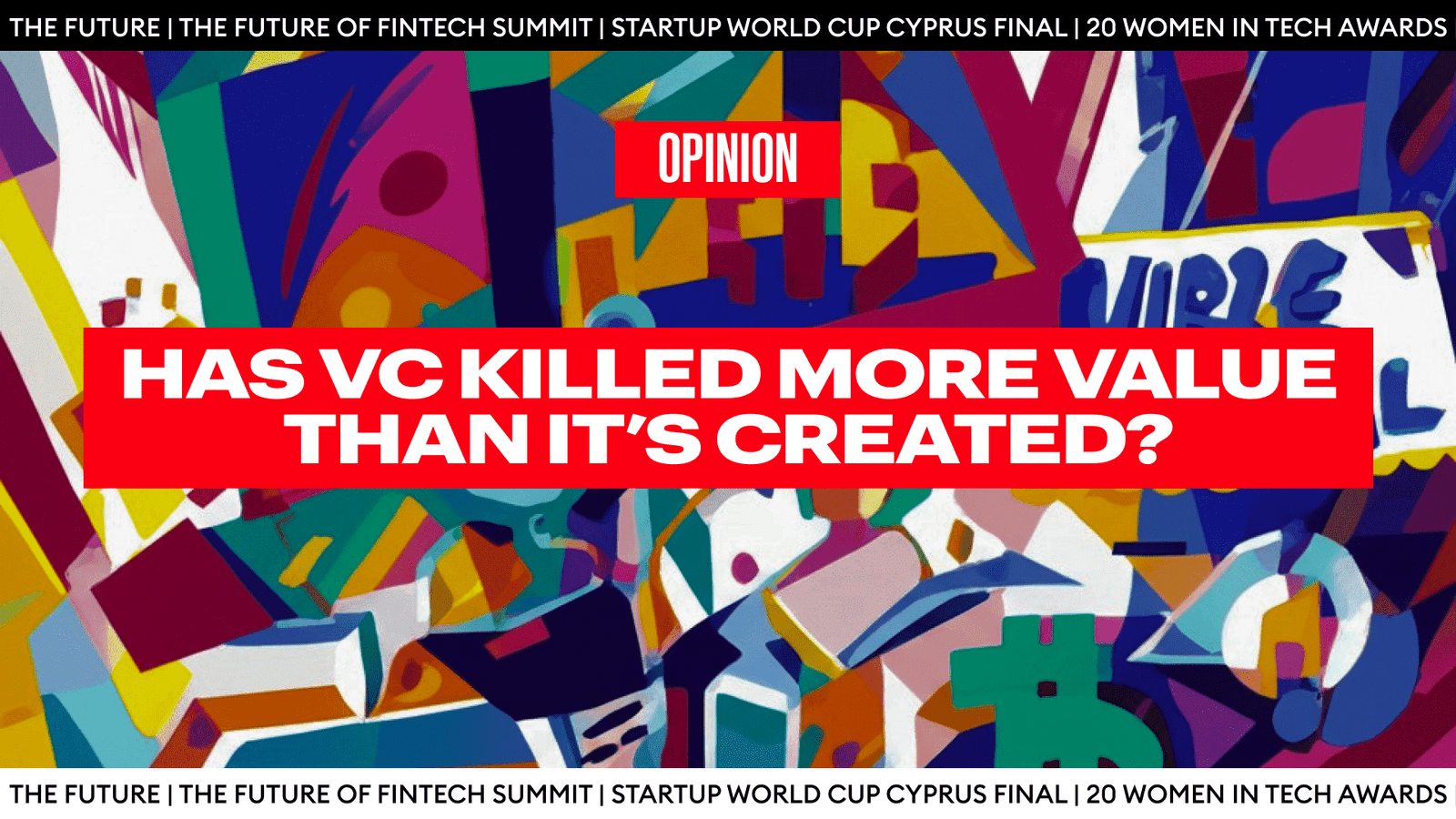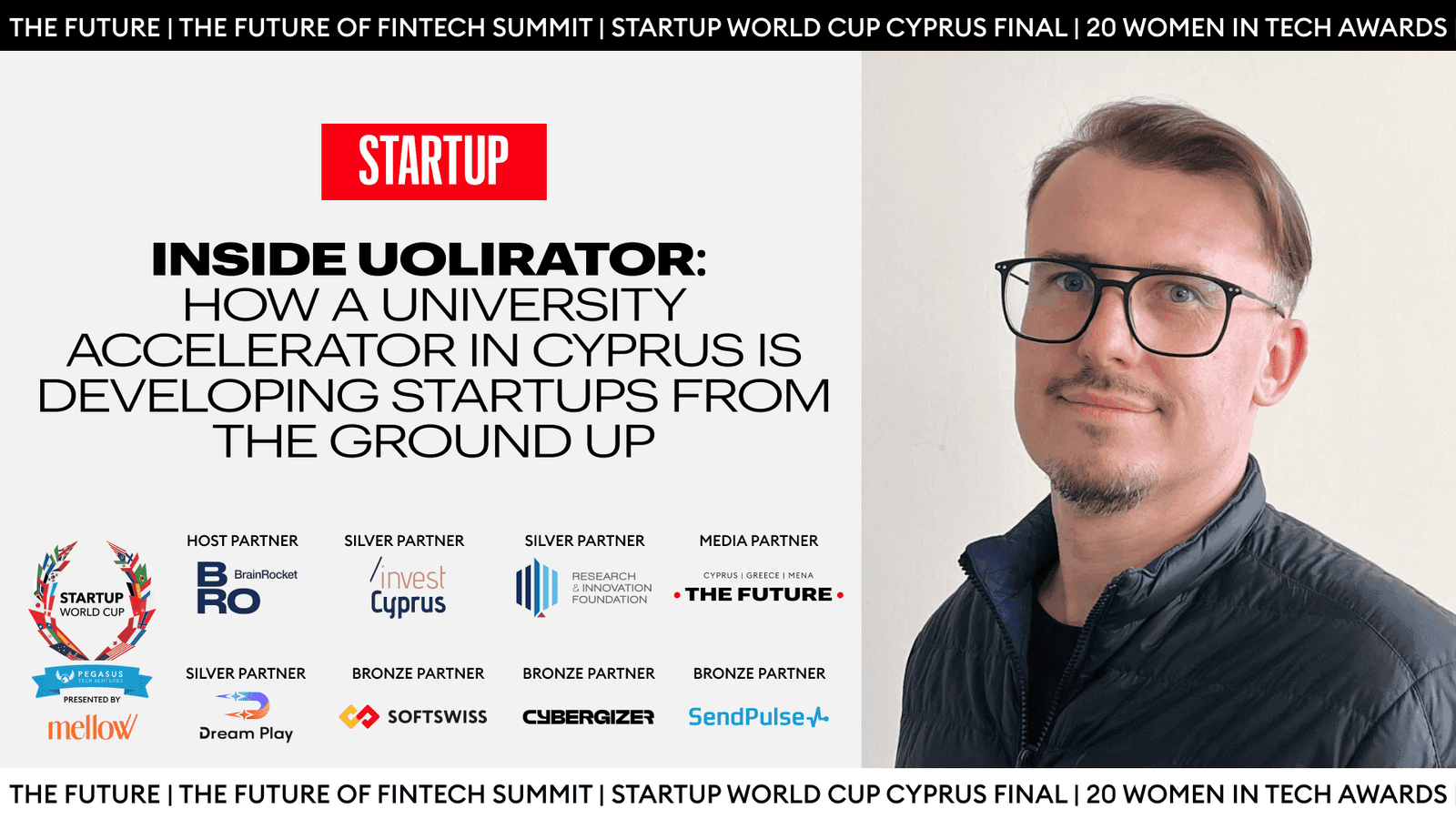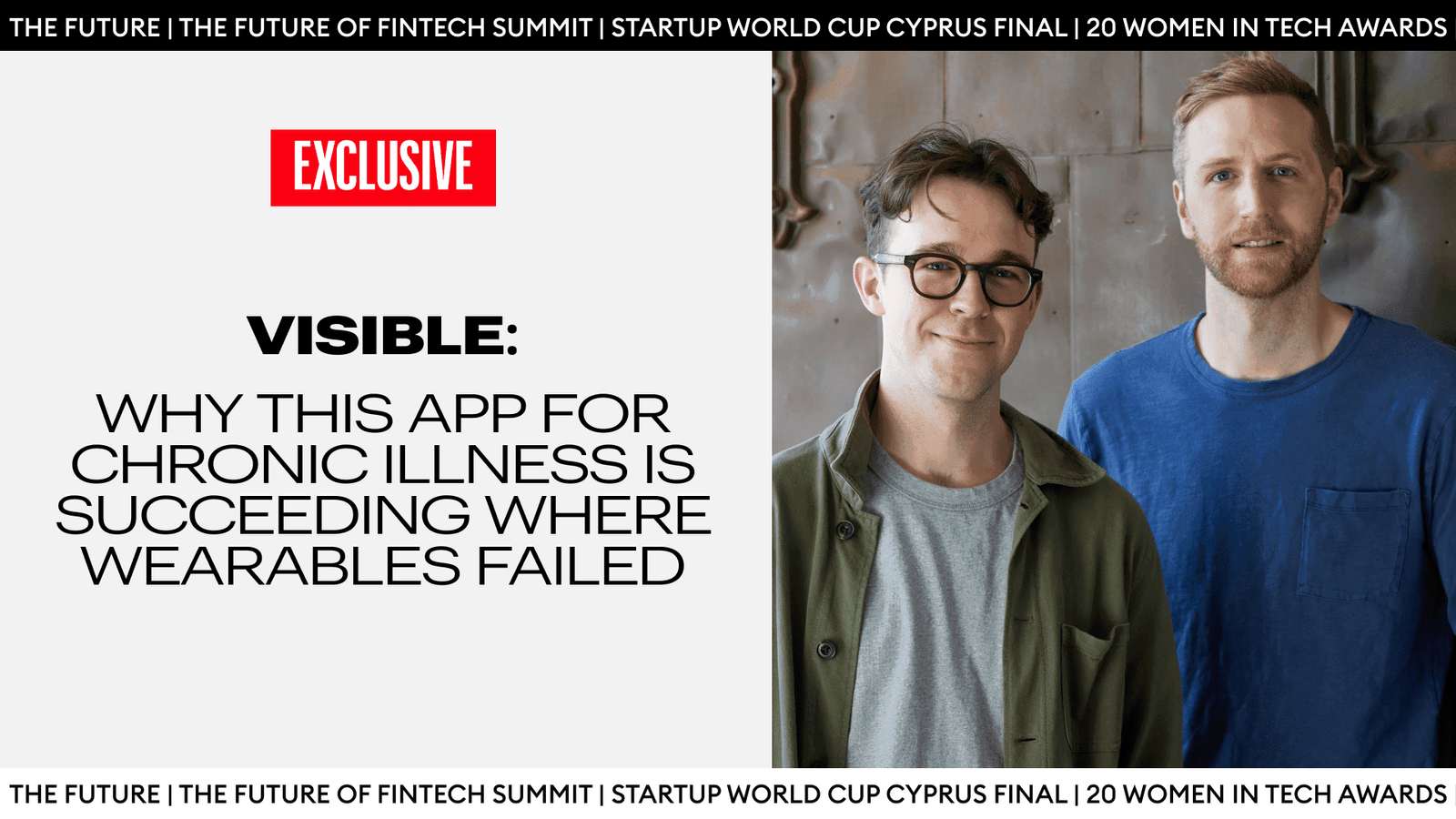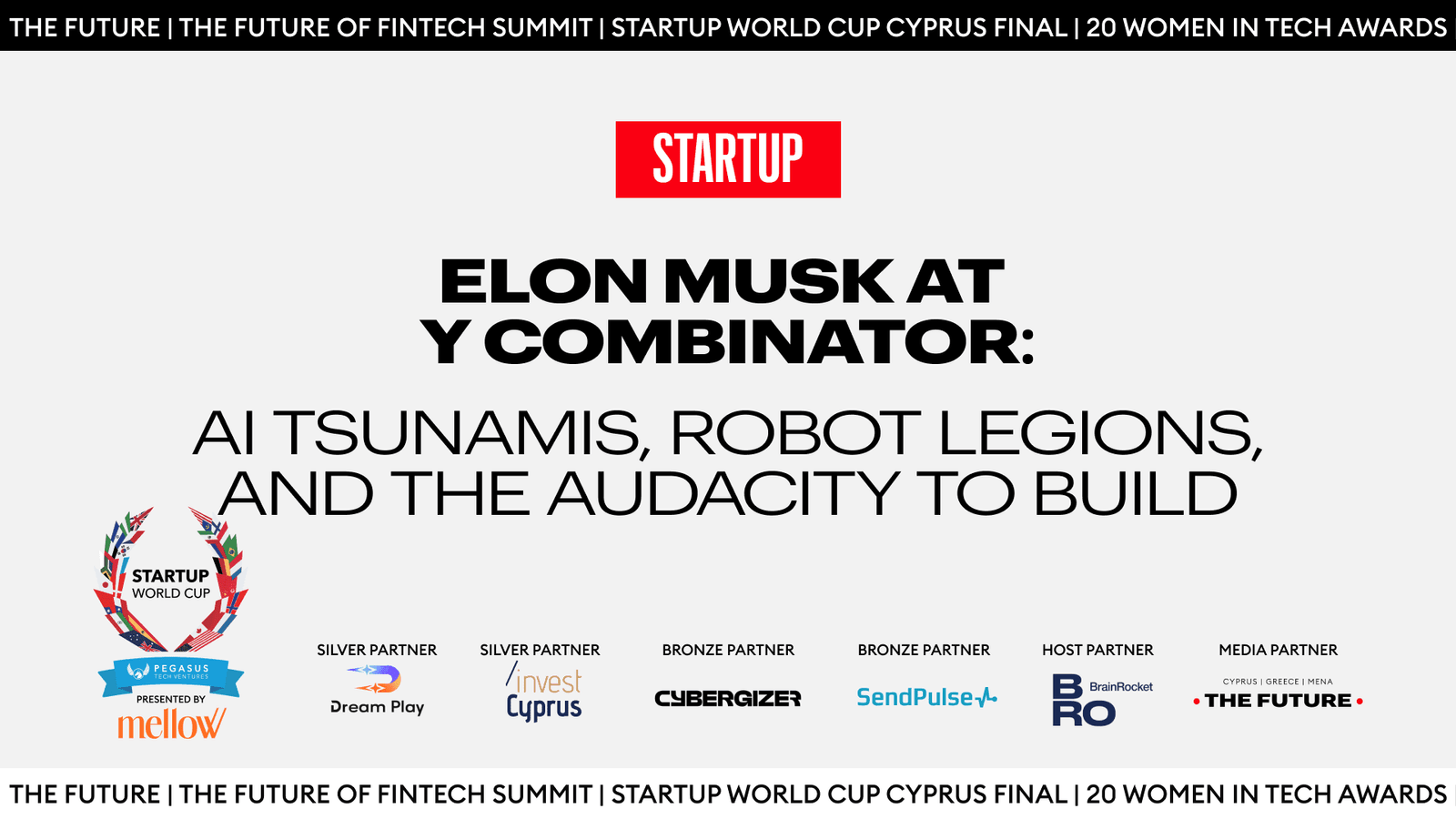In World Eaters: How Venture Capital is Cannibalizing the Economy, American activist Catherine Bracy takes a scathing look at the venture capital (VC) industry, arguing that its relentless drive for rapid scaling has caused more harm than good. Bracy claims that the “world-eating mentality” of venture capitalists, pushing for breakneck growth at the expense of sustainability, has distorted the economy and ruined promising startups.
The VC Treadmill
Bracy argues that VCs often force startups to chase explosive growth, even if it means abandoning solid, sustainable business models. Instead of building small but steady businesses, the pressure to scale quickly can lead to catastrophic failure. Bracy highlights founders’ constant grind, with their primary focus shifting from serving their customers to pleasing investors. She shares examples of startups like LocalData and Good Eggs, where the drive for fast growth—often instigated by VCs—led to misguided pivots and job losses, underscoring the toxic consequences of this growth-at-all-costs mentality.
Follow THE FUTURE on LinkedIn, Facebook, Instagram, X and Telegram
Distorting The Economy
While Bracy acknowledges some positive contributions of VCs, such as the development of COVID-19 vaccines, she is critical of the wider economic damage caused by the VC model. One of her strongest critiques is how VC-backed startups erode job protections, as companies favor temporary workers over full-time staff, in turn exacerbating economic inequality. Additionally, the drive for rapid scaling often results in unhealthy work environments, with startups focusing more on product development than on building a strong company culture, which includes diversity initiatives.
The Broader Ecosystem’s Role
Bracy argues that it’s not just VCs who are to blame for this “growth fetish.” Employees and media also play a role. Employees, motivated by the promise of increasing the value of their equity, are complicit in fueling the scaling frenzy, while journalists tend to idolize the fast-growing tech companies, overlooking more sustainable, slow-growing businesses.
Can VC Be Reformed?
Bracy doesn’t offer easy solutions but suggests that the key lies in appealing to the limited partners (LPs)—the cultural institutions, universities, and private foundations—who provide the capital for VCs. She proposes that these institutions use their influence to create a more diverse and sustainable ecosystem of investors. However, she remains skeptical that policy alone can rectify the issues plaguing the industry.
A Timely Critique?
Despite the insightful critique of the VC model, the book feels somewhat out of sync with the current climate. With the acceleration of AI development and the growing demand for speed in tech, concerns about the negative impact of VC may be overshadowed by the race to stay ahead in the AI arms race. As Bracy points out, the rise of AI could render these concerns about job erosion and inequity trivial compared to the larger societal shifts AI will bring.
Conclusion
While Bracy’s book offers an important critique of venture capital’s influence on the economy, it’s clear that the venture capital model is deeply entrenched, and meaningful reform will require significant cultural and systemic changes. Despite its flaws, VC continues to drive much of the innovation in the tech industry, but we must acknowledge its downsides and seek ways to build a more sustainable, equitable ecosystem. As AI rapidly advances, the need for such reforms may become even more urgent.









